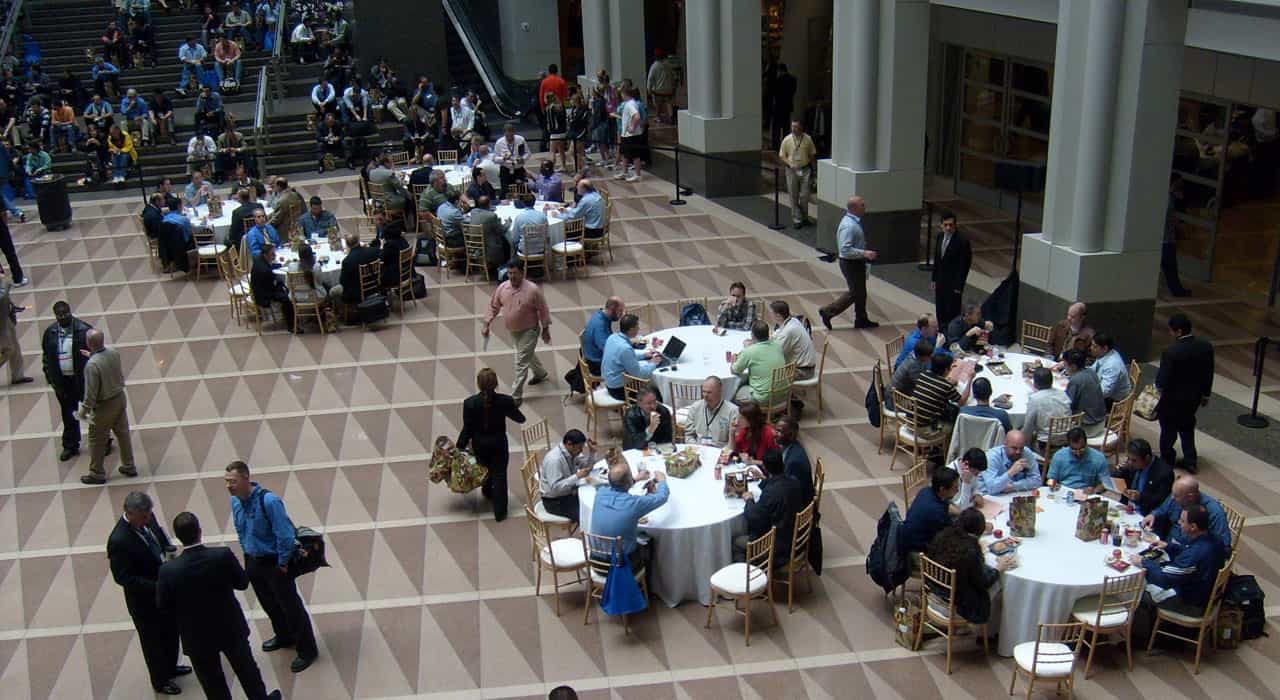Many publications on the subject of agility state that one of the special things about agile teams is their ability (and possibility) to self-organize. This usually sounds as if teams were not self-organizing before “agilization”. But self-organization takes place all the time – in all teams!
Self-organizing systems
One of our customers asked us to run a training day on the topic of “Systemic thinking and action”. In preparation, we delved into the basic books again after a long time to work out the relevant statements. During this research, we came across texts by the biologists Maturana and Varela, which dealt with the characteristics of dead and living systems, among other things.
What we read there gave us a completely new perspective with far-reaching consequences for our daily work: Maturana and Varela write that every living system – and therefore every group of living beings – is self-organizing and only differs from dead systems in this way.
So while agile coaches do everything they can to help teams to self-organize, they are already there anyway. It is therefore easy to understand why well-intentioned attempts to bring about change are often met with resistance from the teams because it is not about promoting self-organization.
So what is it all about?
The answer to this question may become clearer with the help of this practical example: Imagine you are attending an IT conference and enter the main conference hall together with around 400 other people. There are chairs arranged in neat rows waiting for the visitors.
What do you do? You probably choose one of the seats that are still free, taking various needs into account. You may want to take photos of the speakers and their slides, and therefore look for a seat in the front rows with an unobstructed view of the event. Perhaps you prefer to stay on the edge because you have long legs and value comfort. Or you prefer to sit in the last row so that you can leave the room inconspicuously if you don’t like the keynote.
And what do all the other conference attendees do? They do the same. They also look for a seat that suits their needs and settle down there. In the end, all – or at least most – of those present sit in rows of chairs, all facing the stage, in this room and wait for the conference to start. Nobody is sitting upside down. No one is sitting on the floor or even on the stage. And this works without any signs, team-building sequences or seating instructions. Clear proof of the functioning self-organization of living systems.
What would have happened if the chairs in the conference room had been arranged in a circle? You’ve probably already guessed it: the visitors would have sat down in this circle of chairs – all facing the center.
The consequences for agile coaching (and agile leadership)
The implications of this thought experiment are enormous for agile coaching. Guiding teams towards more agility in collaboration is by no means about teaching team members how to organize themselves. Rather, it is about reviewing the given framework conditions and changing them so that a team can and will self-organize in a more purposeful way than before.
So if we were to acknowledge that a team has always been self-organizing, we would probably change our language and our wishes. Instead of saying “Agile teams are self-organizing – so go for it.” or “You need to organize yourselves better.” it makes sense to ask the following or similar questions:
- What team behavior is desirable and for what purpose?
- Who or what already supports this behavior?
- On a scale of 0 to 10, where 10 means that the team behavior already fully corresponds to this desired behavior and 0 the opposite, where do you see the current reality?
- What is already working so that you could choose this value?
- What changes would result for whom if the team were already one step further? Consider both positive and possible negative effects for the people affected. Would this step mean a gain or loss of skills for someone? Would costs be saved or new ones created? Would logistical measures be necessary? Would compliance with official channels be jeopardized?
The answers to these and similar questions can shed light on the current obstacles a team may be facing on its path to greater agility. Long-standing habits, unspoken fears, informal rules or resignation are the learned results of unfavorable environmental conditions that are frequently encountered. They are often the real blockages to agile success stories. They are difficult to detect and stubborn to maintain. And they often cause signs of visible rigidity, reluctance or even aggression from individual team members. In reality, however, it is just a form of functioning self-organization that has established itself by experience.
Living systems learn and adapt
The good news is that learned behavior can also be relearned in the event of a lasting change in conditions. This requires new experiences. Initially, these new experiences feel unfamiliar and trigger mistrust. It is understandable, for example, that the sudden offer of freedom in previously strictly managed teams is initially rejected. However, if the offer remains honest despite the rejection, if the initial cautious use of the freedom is repeatedly reinforced, then new trust can develop.
So it is the environmental conditions of a team that need to be changed sustainably and permanently if you want a different form of self-organization – the team members are already organizing themselves anyway!




